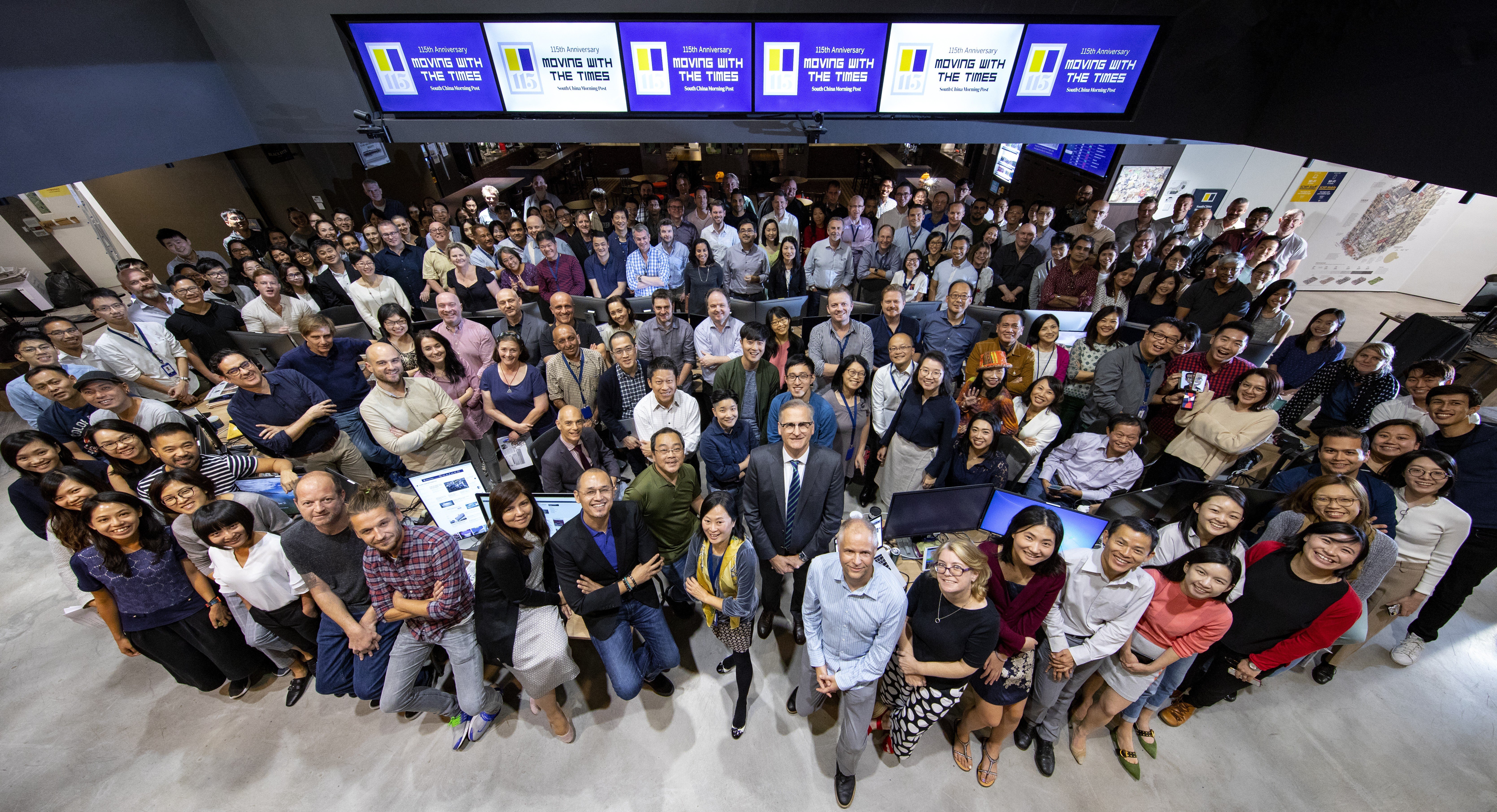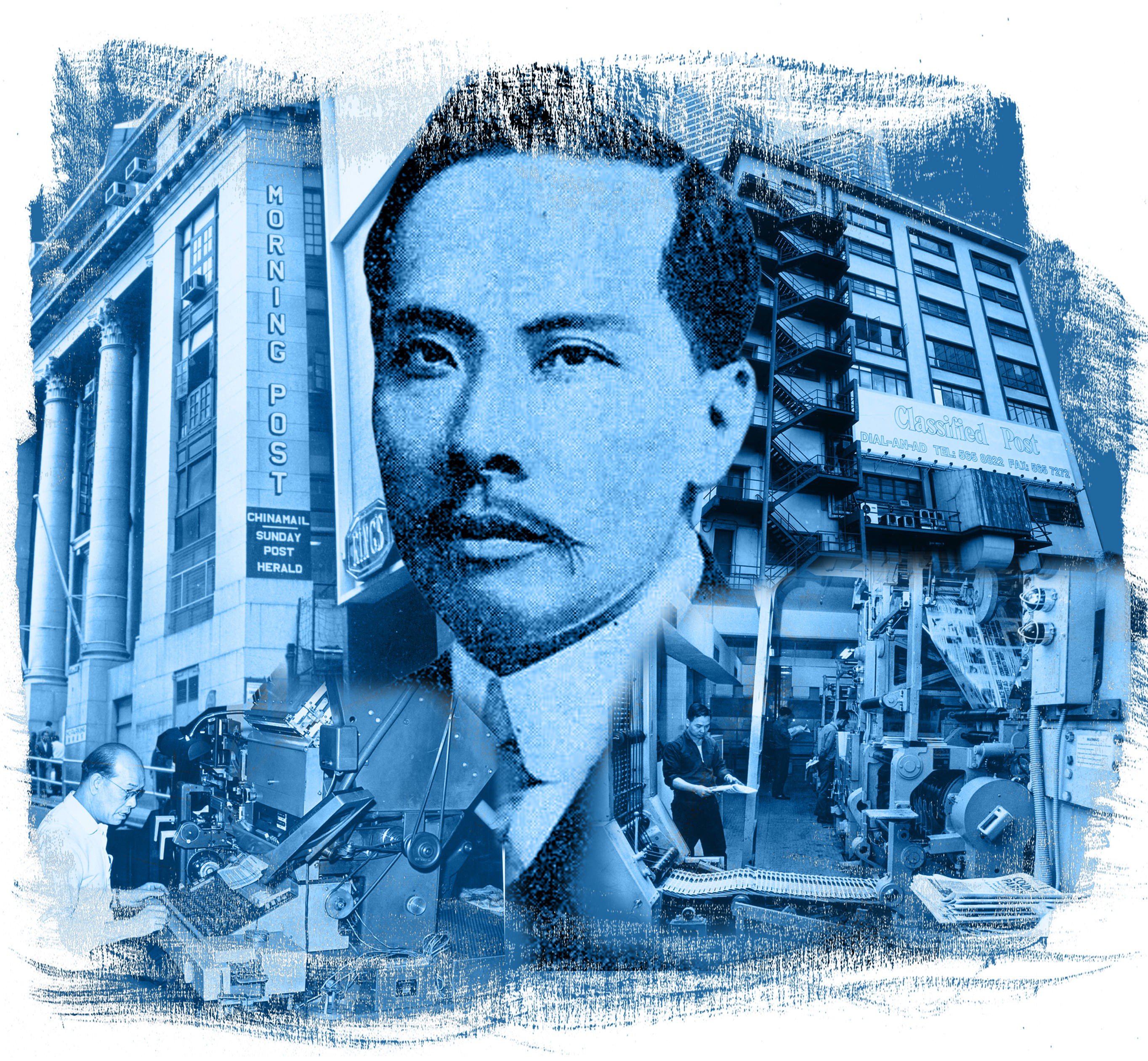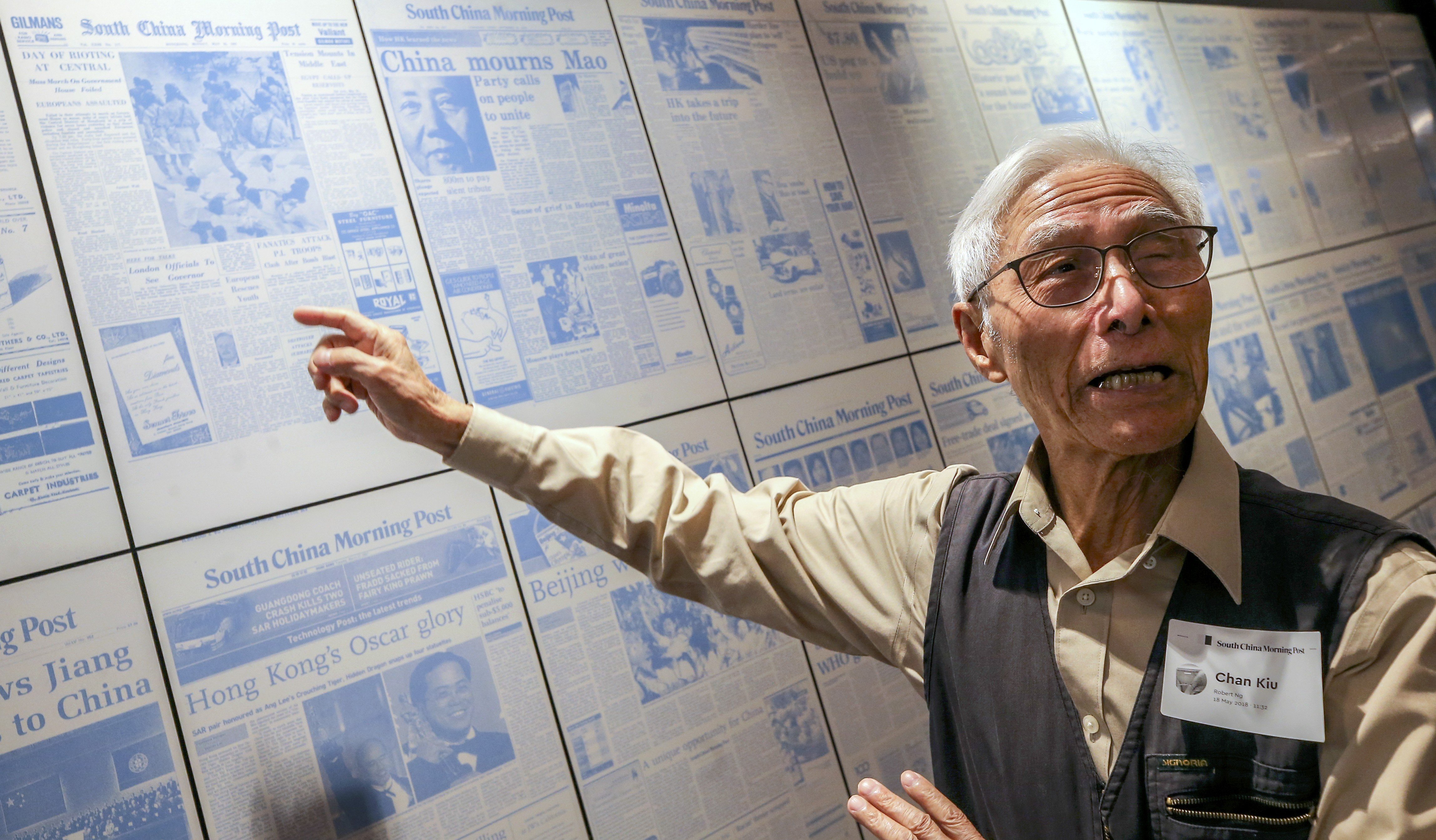TOPIC
SCMP 115th Anniversary: All stories
SCMP 115th Anniversary: All stories
The latest news, analysis and opinion on SCMP 115th Anniversary: All stories. In-depth analysis, industry insights and expert opinion.
Sars, typhoons and war camps: how SCMP history mirrors Hong Kong's
The South China Morning Post has been a barometer of daily life in Hong Kong since it was founded 115 years ago. From its earliest days, the paper campaigned for more enlightened governance, and the newspaper’s reporters have experienced the same highs and lows as the rest of the city, including such indignities as being barred from society, detained in POW camps and being targets of rioting mobs

Advertisement
Advertisement
Advertisement
Help preserve 120 years of quality journalism.
SUPPORT NOWAdvertisement
Advertisement
Advertisement
Advertisement
Advertisement
Advertisement
Advertisement
Advertisement
Advertisement








